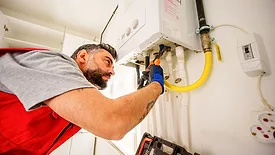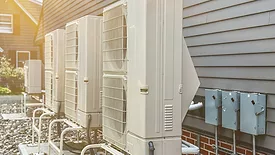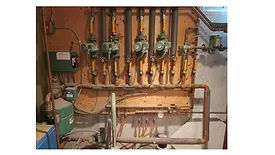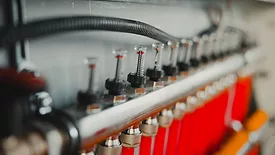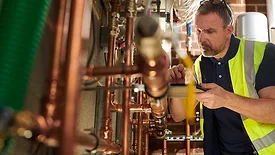Home » Keywords: » hydronics
Items Tagged with 'hydronics'
ARTICLES
Hydronics Workshop | John Siegenthaler
Injection mixing remains one of the most adaptable and underutilized methods in hydronic system design.
Read More
Renewable Heating Design | John Siegenthaler
Elegance extended: How to use the homerun system of connecting heat emitters
November 12, 2025
Renewable Heating Design | John Siegenthaler
Using ratios to measure, compare and improve HVAC systems
Relating to ratios
October 15, 2025
The Glitch & The Fix: October 2025
Hindsight - From complex loops to clean headers: simplifying for reliability
October 13, 2025
Hydronics Workshop | John Siegenthaler
How mismatched loads in a dual-temperature heat pump system can limit performance
Toggle time
October 8, 2025
The Glitch & The Fix: September 2025
Right & wrong: Examining common design pitfalls, and how to optimize piping strategies
October 1, 2025
Hydronics Workshop | John Siegenthaler
Methods from Millinocket: One town in Maine is leading the way in hydronics technology and transactive energy management
September 18, 2025
Renewable Heating Design | John Siegenthaler
Balancing high- and low- mass heat emitters to prevent temperature "droop"
September 9, 2025
Hydronics Workshop | John Siegenthaler
Using antifreeze vs. water in hydronic circuits
What’s the difference?
August 4, 2025
EVENTS
Industry
4/10/14
Portland
Portland, ME
United States
Workshop: Hydronics for High Efficiency Wood-fired and Pellet-fired Boilers
IMAGE GALLERIES
PM’s Top 10 Most-Read Stories of 2018
These 10 most-read stories got the most hits from check valves to venting to leak detection on www.pmmag.com over the past year.
December 21, 2018
Keep your content unclogged with our newsletters!
Stay in the know on the latest plumbing & piping industry trends.
JOIN TODAY!Copyright ©2025. All Rights Reserved BNP Media.
Design, CMS, Hosting & Web Development :: ePublishing

